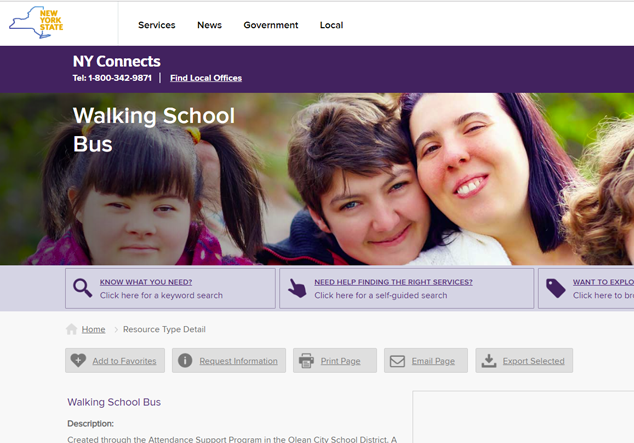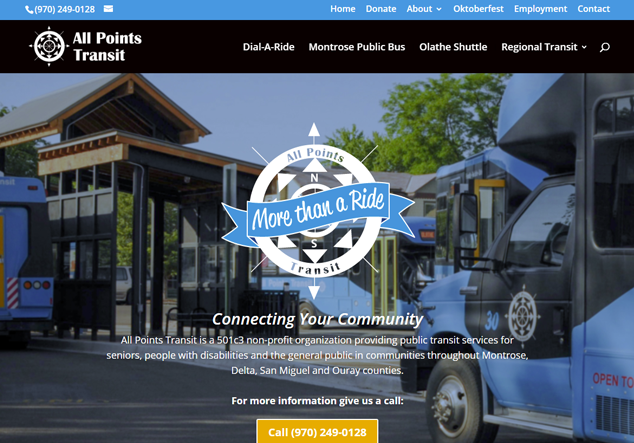Why This Strategy Matters
Many service providers offer transportation services for their clients. However, insights from providers show that these organizations are often limited by a shortage of funding and resources and other issues. By coordinating with other organizations, leveraging technology, and recruiting volunteers, service providers can overcome these barriers and accrue the resources they need to provide reliable transportation to the residents they serve. The need to be resourceful and inventive will only increase with an aging population, especially for seniors and those with mobility challenges in more rural areas that are disconnected from public transportation. This approach can help providers improve their ability to provide services and reach more people in need.







